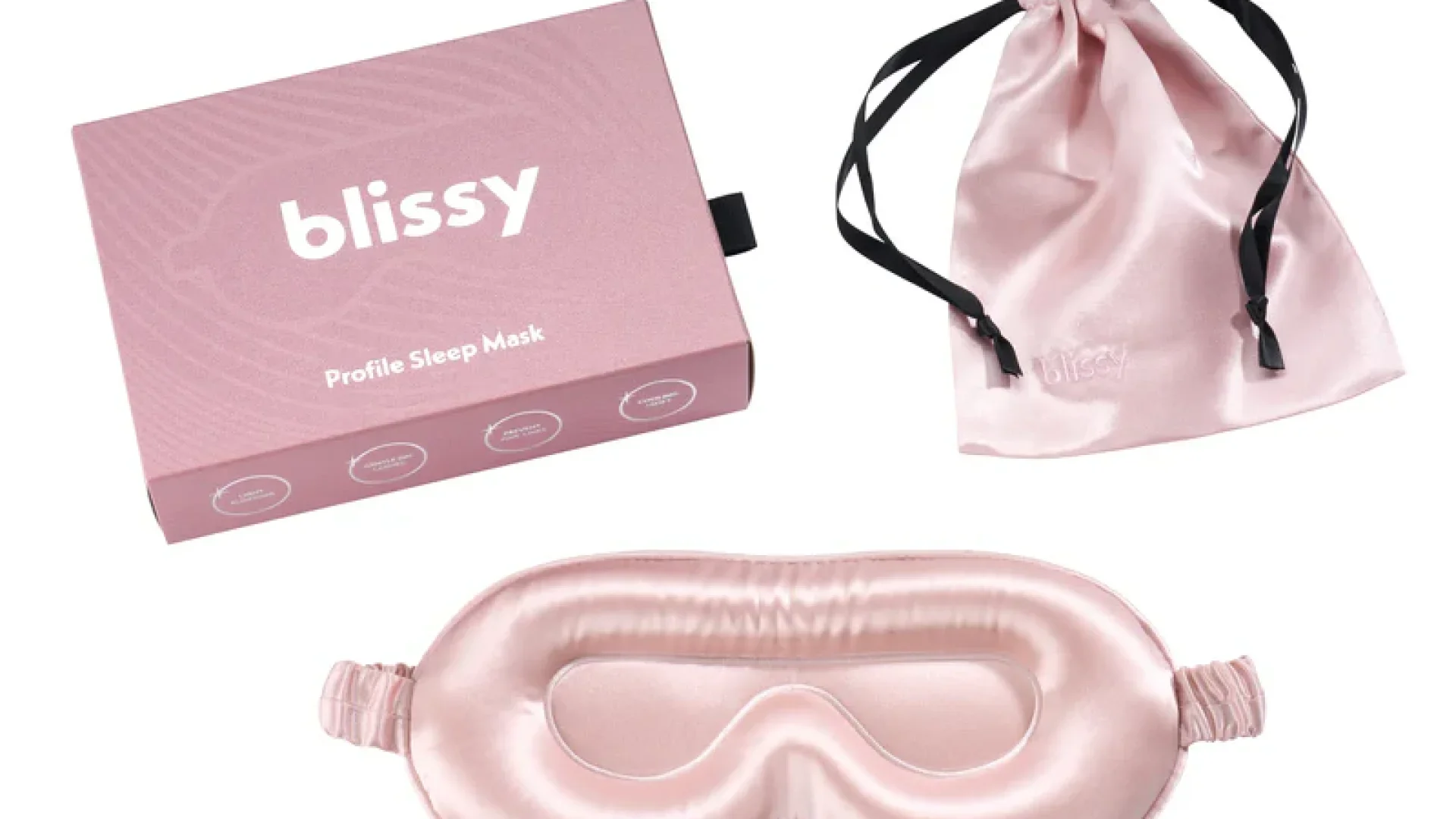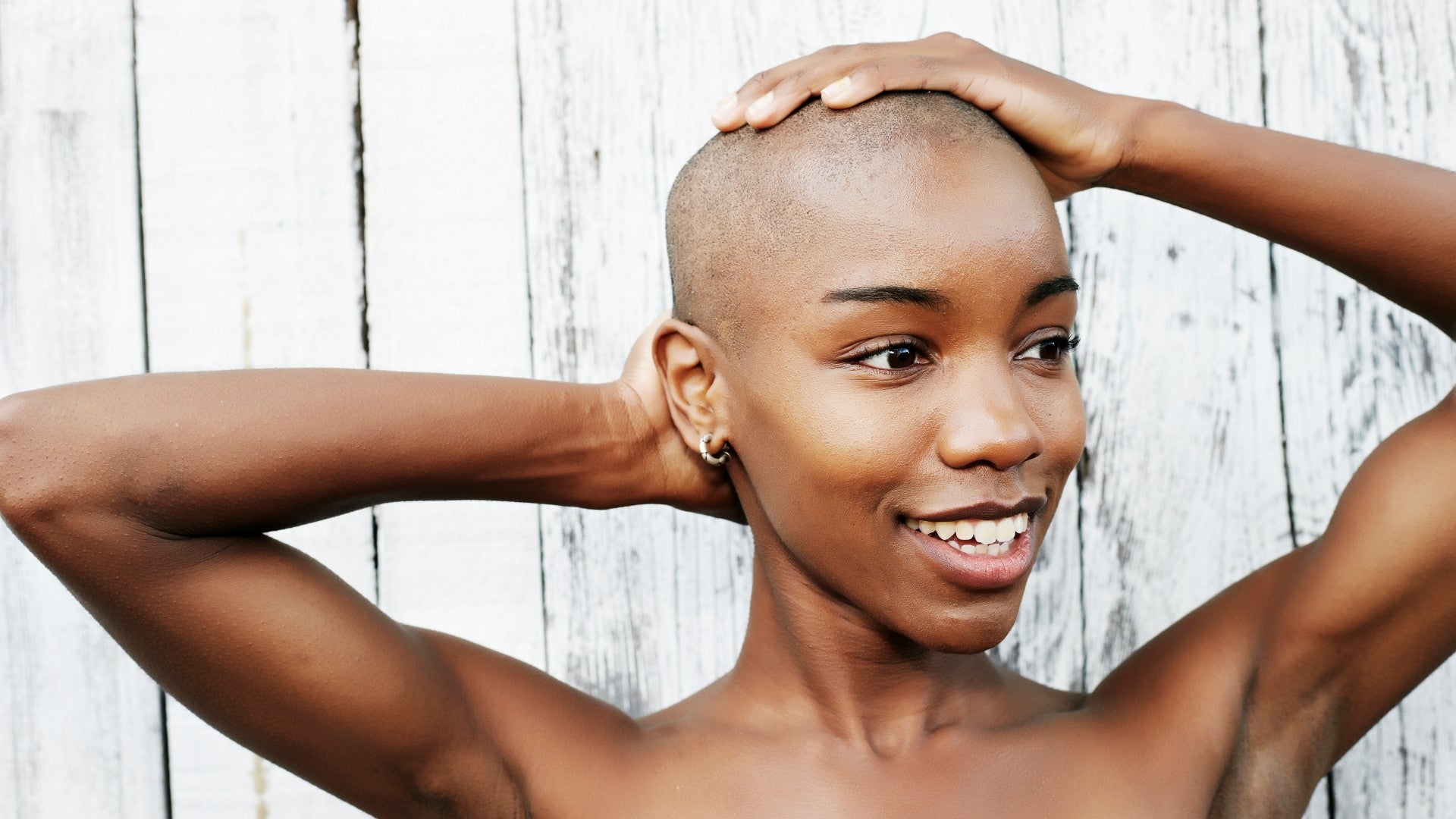
It’s National Hair Loss Awareness Month and as someone who has had quite the experience with her coils, I’m embracing this as a moment to shed light on this under-discussed topic. Outside influences have created a larger than life persona for Black hair, causing what was once a source of pride to also be a point of contention within our own community.
Today, as the natural hair movement grows, and more Black women embrace their curls, coils and kinks exactly the way they grow out of their heads, knowledge of our natural hair is also growing, but we still don’t talk about hair loss very much.
After doing my own big chop in 2013 (I cut off my locs), I was confronted with the fact that my hairline had retreated further back than I’d realized or wanted, and the reality that my hair had been in an unhealthy state. So I went on a journey to find out more about how to safely grow back my healthy hair. Here are some of the lessons I learned.
Go see a professional to diagnose and treat alopecia. Everyone is well meaning, but not everyone is an expert. You need to seek advice from a professional if you’ve tried over the counter remedies and you’re still not seeing any progress. That could be the difference between you doing irreparable damage, and salvaging your hair follicles before they are completely closed and past the point of return.
If you have traction alopecia, which is most often caused by hairstyles that create tension on your hair follicles, the best thing to do is stop the behavior that’s causing it, and adopt practices that will start to reverse that hair loss. I was past that point and even the efficacy of minoxidil had its limits, yet I was still taking product recommendations from loved ones. I needed to get my hair and scalp checked out before moving forward with any treatment if I wanted something that was going to be effective.

Get a team to treat your alopecia. Each professional has a different job but they’re all equally important. Your stylist is the person who’ll interact with and see changes in your hair more frequently, so they can treat issues immediately. A trichologist should be one of the first touch points if you experience hair loss – doing a scalp analysis maybe once a quarter to see what phase your hair is in to influence what the stylist does. And a dermatologist is a big part of the process, diagnosing the condition of your hair and scalp, and making recommendations for treatment. They will also inform what your stylist might want to do and what he or she should avoid in treatment of your hair specifically.
There are different types of alopecia, and they have different causes and treatments. After countless conversations with dermatologists and other hair care specialists I learned that there are several types of hair loss conditions, even just under the alopecia umbrella. Alopecia areata doesn’t necessarily look like traction alopecia, which doesn’t look like alopecia totalis, which is different from Central Centrifugal Cicatricial alopecia. In order to properly treat your hair loss you have to know what the cause is, so avoid self-diagnosis if at all possible.
There’s no such thing as an edge growth product. Hair loss is a symptom of something else – whether it’s stress, a hormone imbalance, or an auto-immune condition. So products don’t actually make your edges grow, they deal with the root cause of the hair loss which results in the growth of hair (some would argue that minoxidil is the only exception). There are products that do a great job of repairing damage and moisturizing tresses to stop breakage, but that is a very different thing.
I’ve tried everything from rice water to essential oils to, of course, castor oil. Everyone’s needs will be different so how your body responds to a product will also be unique. Be patient and be prepared to be the only person you know whose edges don’t react to that easy-to-find and easy-to-use “miracle” product that everyone raves about. Then, find what works for you.
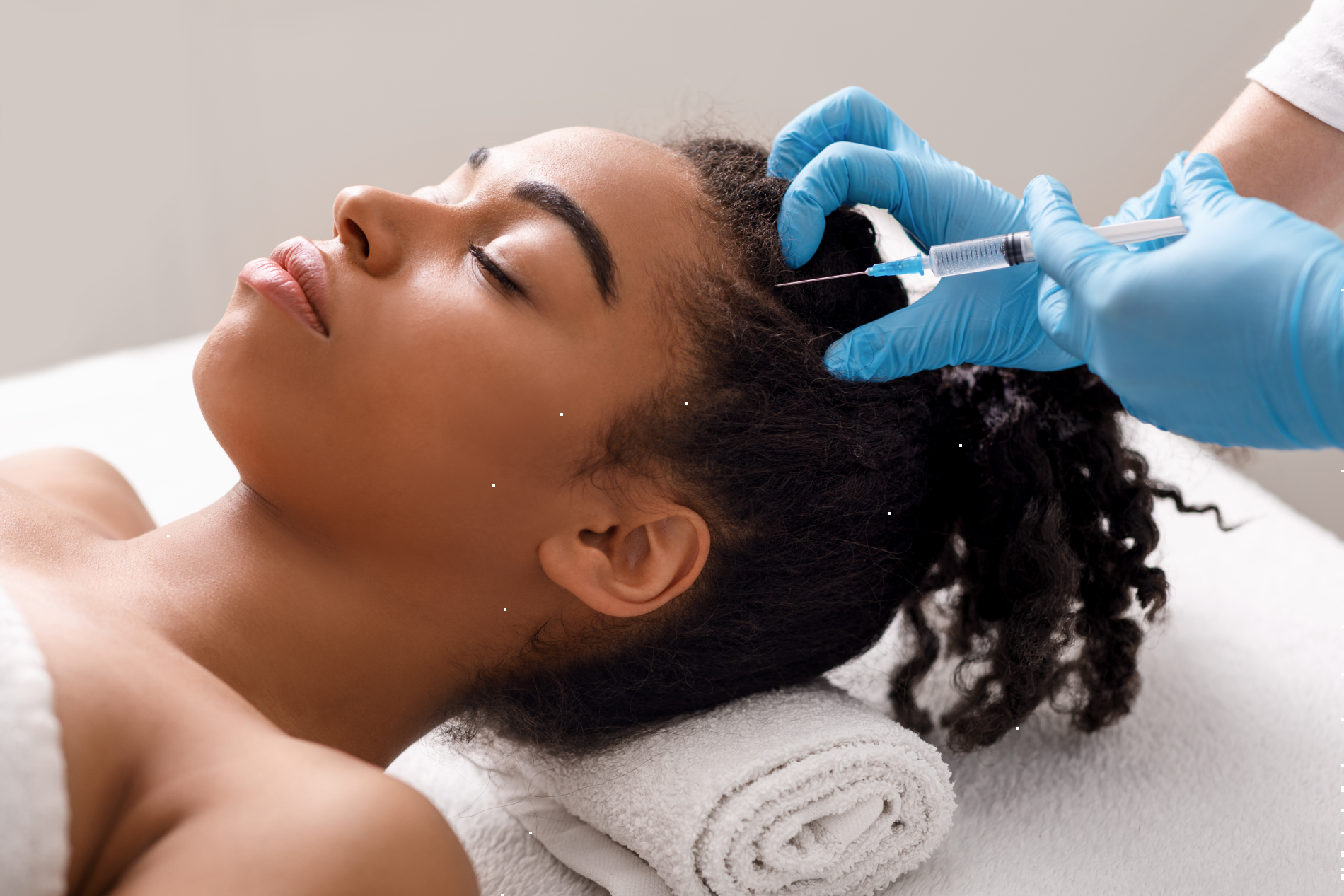
My alopecia is not my fault. When I first noticed my edges disappearing in 2005, I wasn’t sure what to do. The only conversations around hair loss in Black women at the time were either jokes about being “bald-headed” or about women losing their hair to relaxers and straightening tools. I had never relaxed or straightened my hair so I didn’t know where I fit in. As it turns out, there was little conversation around hair loss in Black women that didn’t mock or blame because there was little research about hair loss in Black women.
In the past decade more Black female dermatologists have been specializing in this area, making it a point of discovering the various reasons that Black women lose their hair. And they’re finding that lifestyle and hair choices are just a really small part of it. But either way, Black women should feel neither ashamed nor embarrassed, or feel like they shouldn’t seek help because something they did caused them to lose their hair.
I’ve tried the products, I’ve undergone the treatments, I’ve seen the professionals. And every day I learn something new and interesting as I continue my hair growth journey (formally my hair loss tragedy). One of the biggest ways to learn more is to have conversations about it. When Ayanna Pressley revealed her truth that she lives with alopecia, she empowered other Black women to speak up about their similar experiences. The more we openly discuss hair loss with no stigma, the fewer Black women experiencing any form of hair loss will hide it or feel alone.




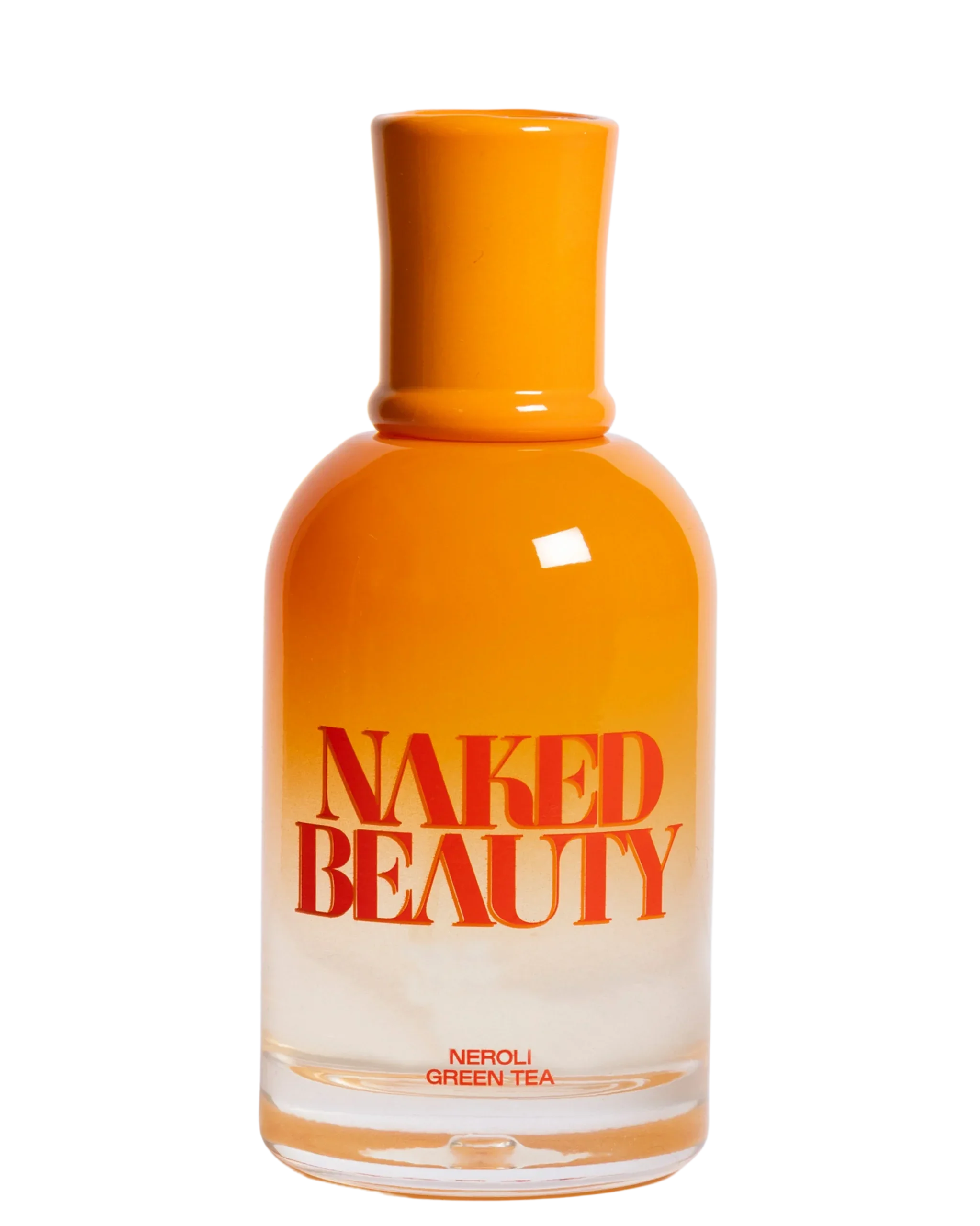
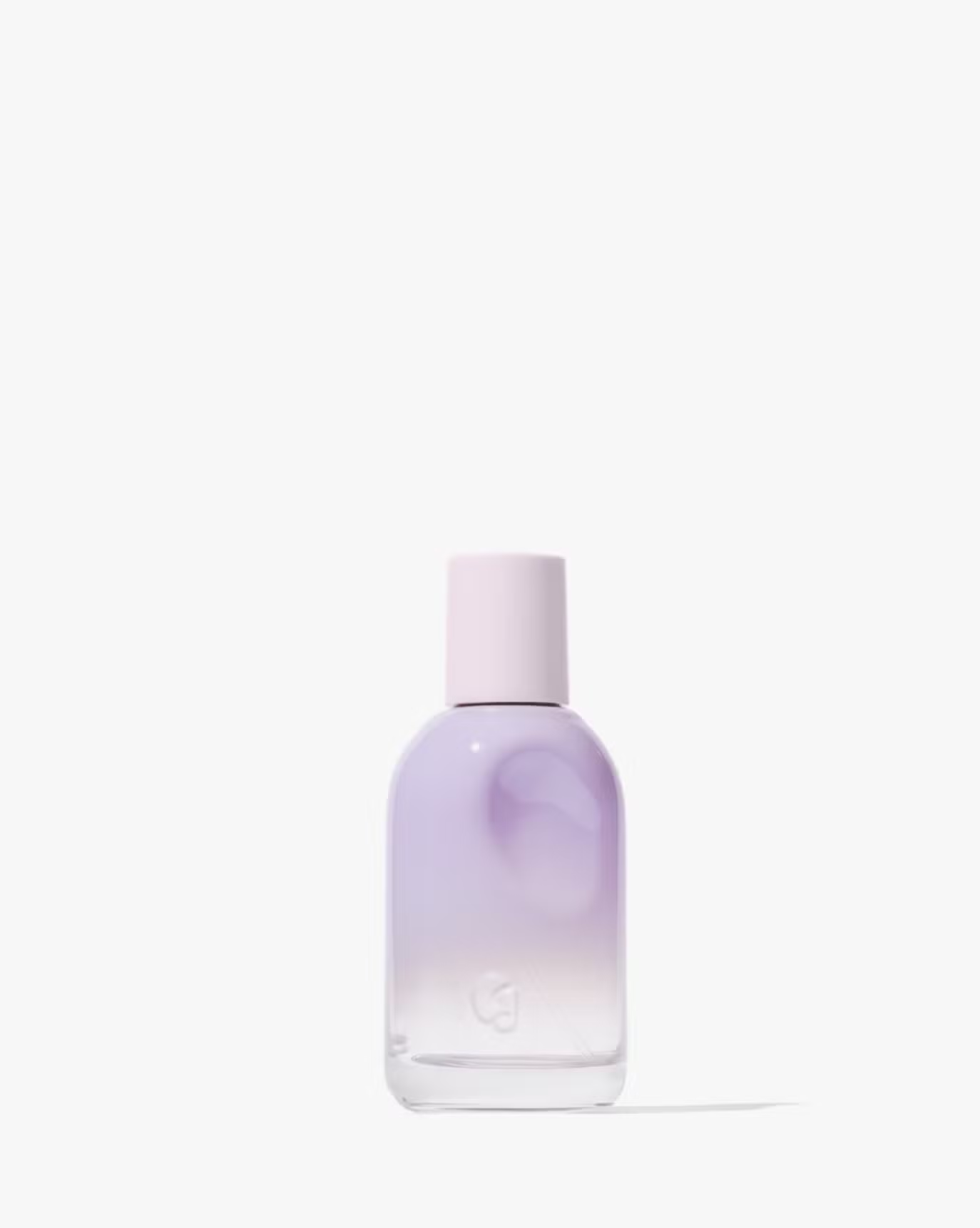
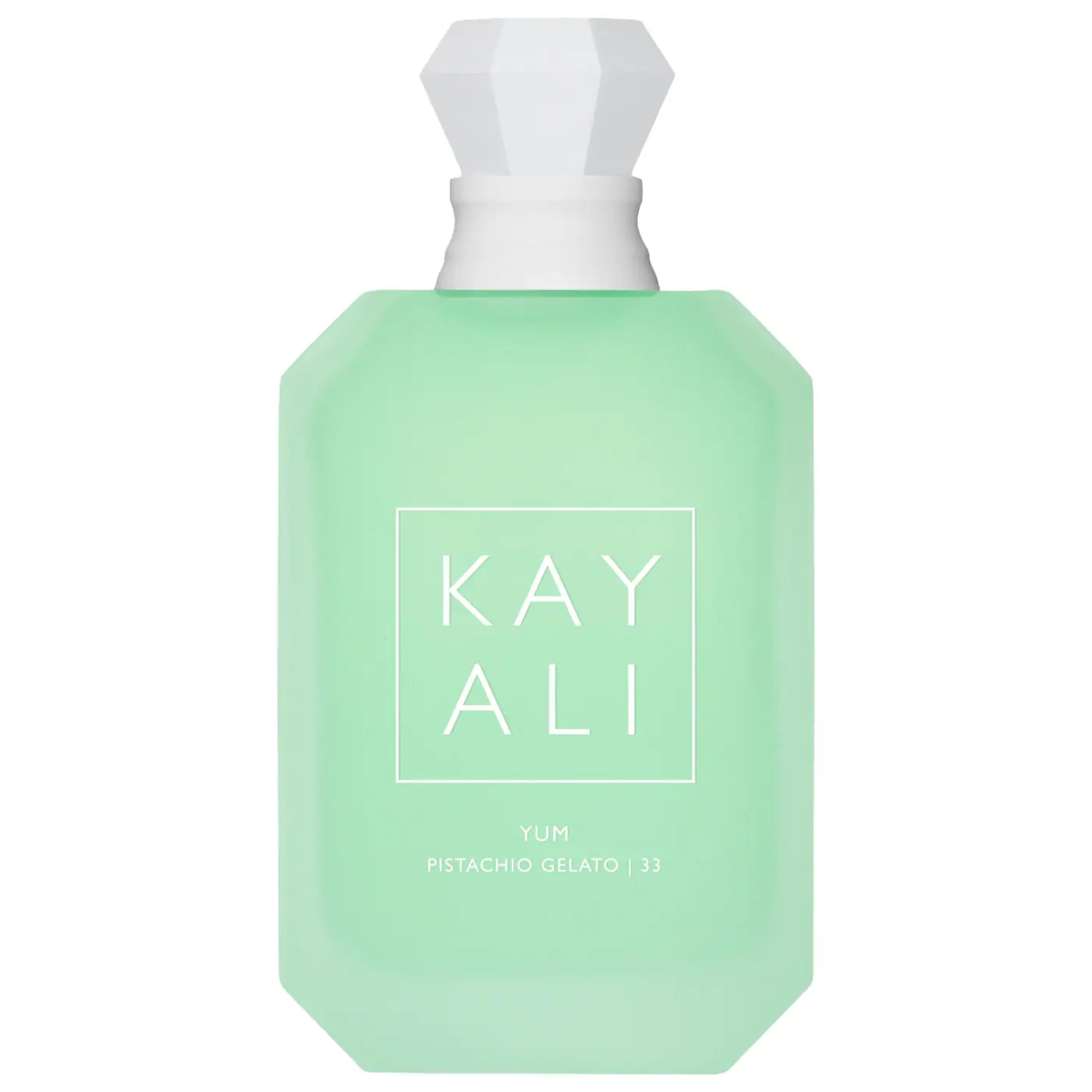
Shalwah Evans is an ESSENCE associate beauty editor.





